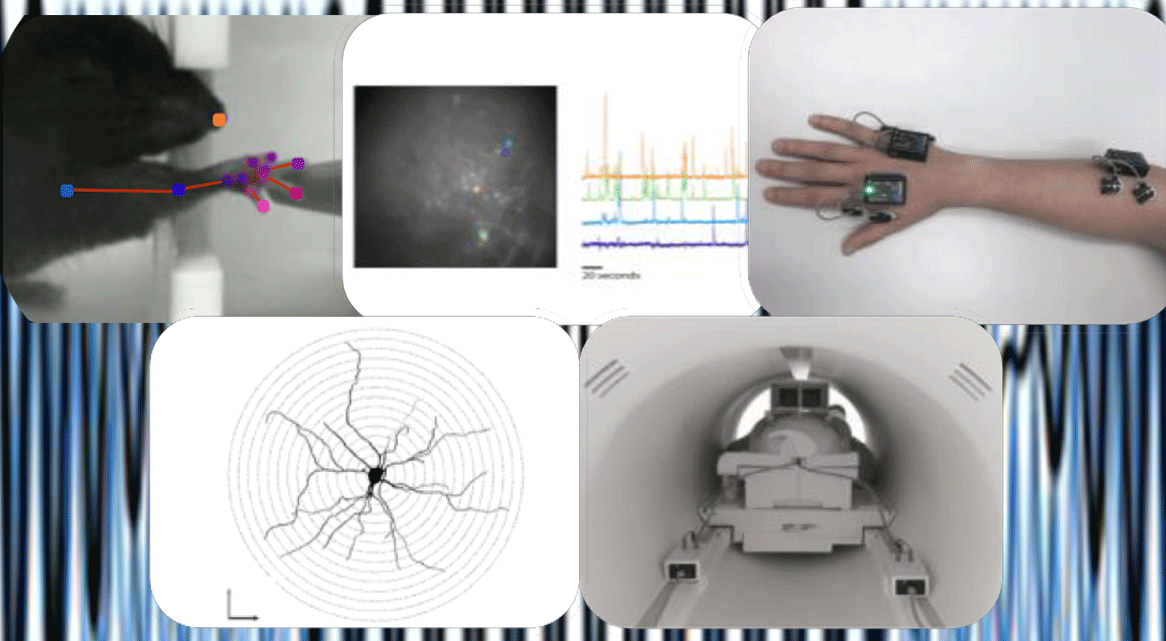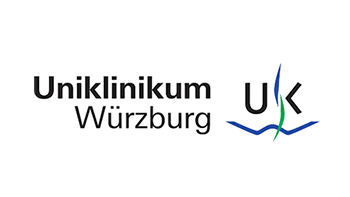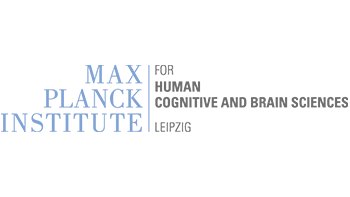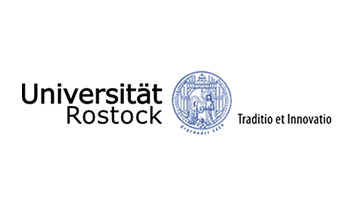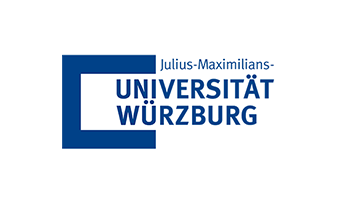Excessive and abnormal plasticity in the cortico-striatal network are considered major pathophysiological substrates of dystonia. However, it is still unclear whether these plasticity alterations are causally related to dystonia development or represent a compensatory strategy.
We will use striatal temporal interference (TI) brain stimulation to experimentally modulate and study task-induced plasticity employing a cross-species approach (mouse model to studies in patient cohorts).
Cutting-edge neuroscience tools will be used to quantify outcomes such as deep learning-based markerless pose estimation, in vivo calcium imaging, striatal dopamine sensing, transcriptomics, histomorphological analyses, electromyography-kinematic analyses, functional magnetic resonance imaging.


